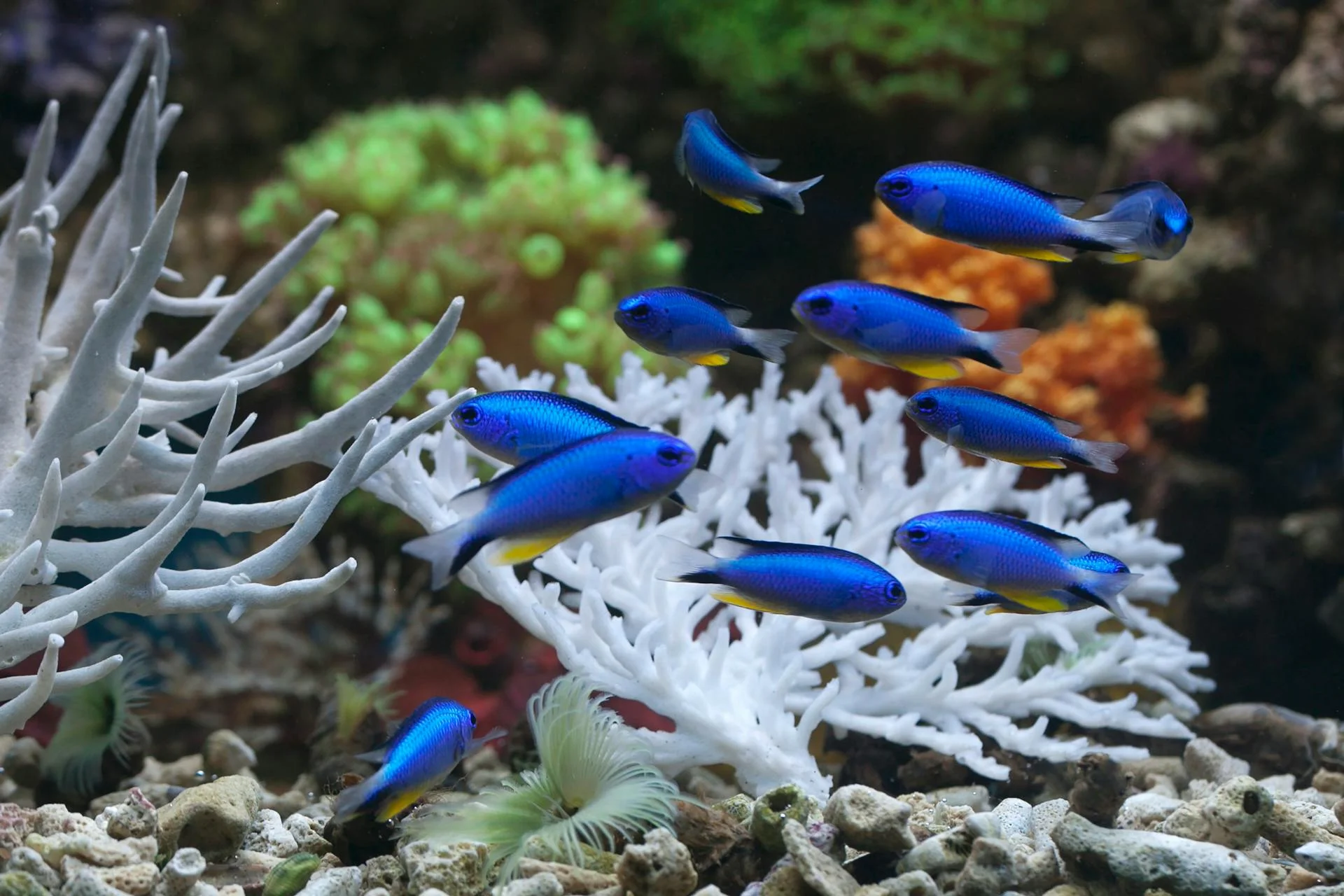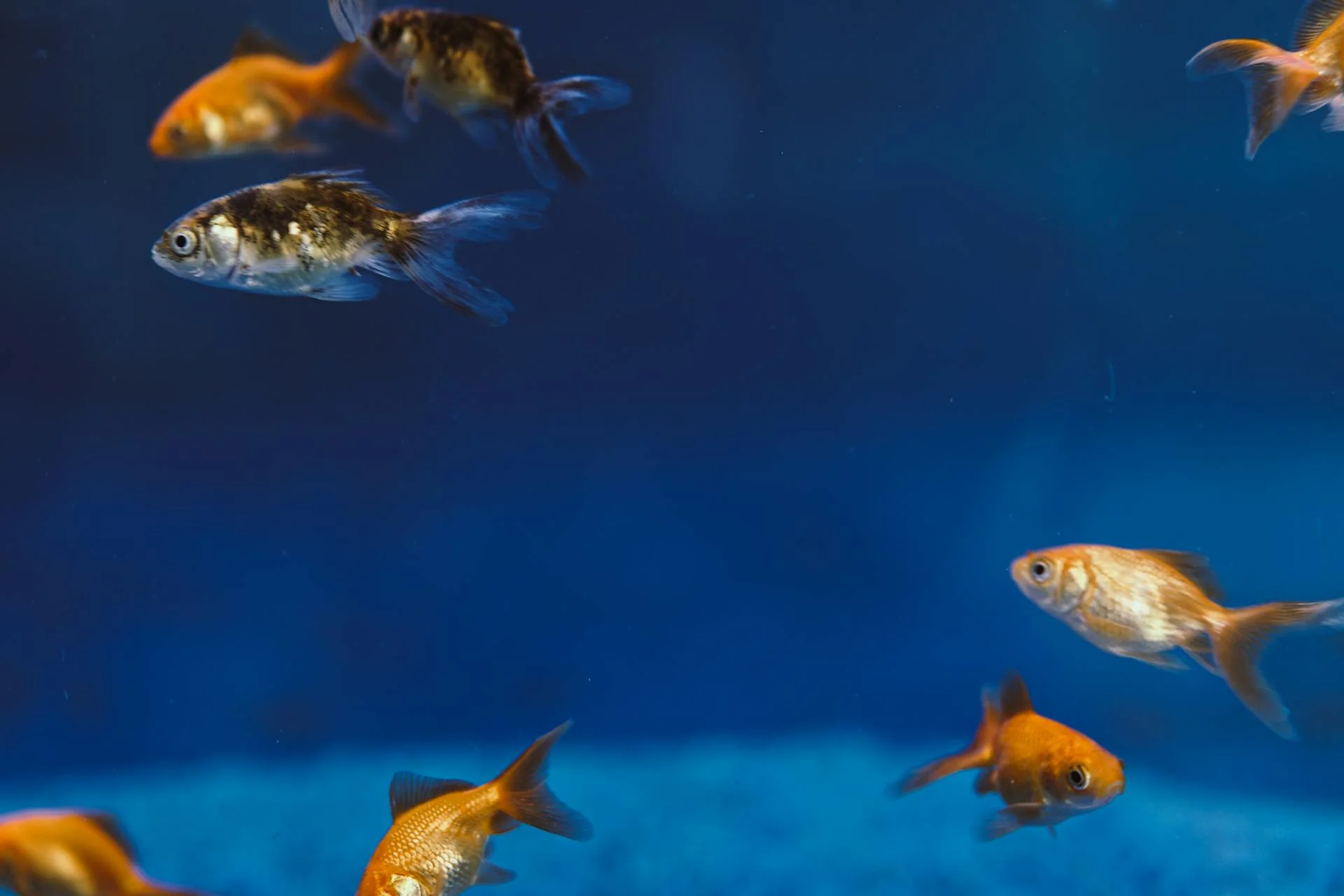Aquascaping is the art of creating visually stunning underwater landscapes within aquariums, combining elements such as aquatic plants, rocks, driftwood, and substrate to mimic natural habitats and evoke a sense of tranquility and beauty. Whether you’re a beginner or experienced aquarist, aquascaping offers endless opportunities for creativity and expression. In this blog post, we’ll explore the fundamentals of aquascaping and share tips for transforming your aquarium into a breathtaking underwater masterpiece.
Understand the Principles of Aquascaping
Before diving into aquascaping, it’s essential to understand the principles and techniques that govern this art form. Familiarize yourself with concepts such as balance, proportion, focal points, and the golden ratio, which guide the arrangement of elements within your aquarium. Study different aquascaping styles, such as Nature Aquarium, Dutch Style, and Iwagumi, to gain inspiration and insights into creating harmonious and aesthetically pleasing layouts.
Choose the Right Aquarium and Equipment
Selecting the right aquarium and equipment is crucial for successful aquascaping. Choose a tank size and shape that suits your space and aquascaping vision, ensuring that it provides ample space for plant growth and aquascape design. Invest in high-quality filtration, lighting, heating, and CO2 injection systems to create optimal conditions for plant growth and aquatic life.
Select Suitable Aquatic Plants
Aquatic plants are essential elements of aquascaping, providing color, texture, and oxygenation to your aquarium. Choose a variety of plant species that are compatible with your tank size, lighting intensity, and water parameters. Consider factors such as growth rate, leaf shape, and coloration when selecting plants to create contrast and visual interest in your aquascape.
Arrange Hardscape Materials
Hardscape materials, such as rocks, driftwood, and substrate, form the foundation of your aquascape and help create naturalistic landscapes. Experiment with different arrangements and compositions to create focal points, pathways, and visual depth within your aquarium. Use natural materials that are inert and aquarium-safe, avoiding substances that can alter water chemistry or harm aquatic life.
Implement Aquascaping Techniques
Explore various aquascaping techniques to achieve desired effects and aesthetics in your aquarium. Techniques such as layering, clustering, and the rule of thirds can help create visually appealing layouts and guide the placement of plants and hardscape materials. Experiment with different planting styles, such as carpeting, midground, and background planting, to create depth and dimension in your aquascape.
Maintain and Fine-Tune Your Aquascape
Maintaining a healthy and thriving aquascape requires regular care and attention. Monitor water parameters, nutrient levels, and plant growth regularly, making adjustments as needed to ensure optimal conditions for your aquascape. Prune and trim aquatic plants as necessary to maintain their shape and prevent overgrowth, and remove any algae or debris that detracts from the beauty of your aquascape.
Enjoy the Beauty of Your Aquascape
Sit back, relax, and enjoy the beauty of your aquascape as it evolves and matures over time. Take pride in your creation and appreciate the tranquility and serenity it brings to your home. Share your aquascaping journey with fellow enthusiasts, participate in aquascaping contests and events, and continue to learn and grow as an aquarist.
Aquascaping is a rewarding and fulfilling hobby that allows you to create living works of art in your own home. With creativity, patience, and dedication, you can transform your aquarium into a breathtaking underwater landscape that captivates the imagination and inspires awe. Embrace the art of aquascaping and let your creativity flow as you create your own aquatic masterpiece.








